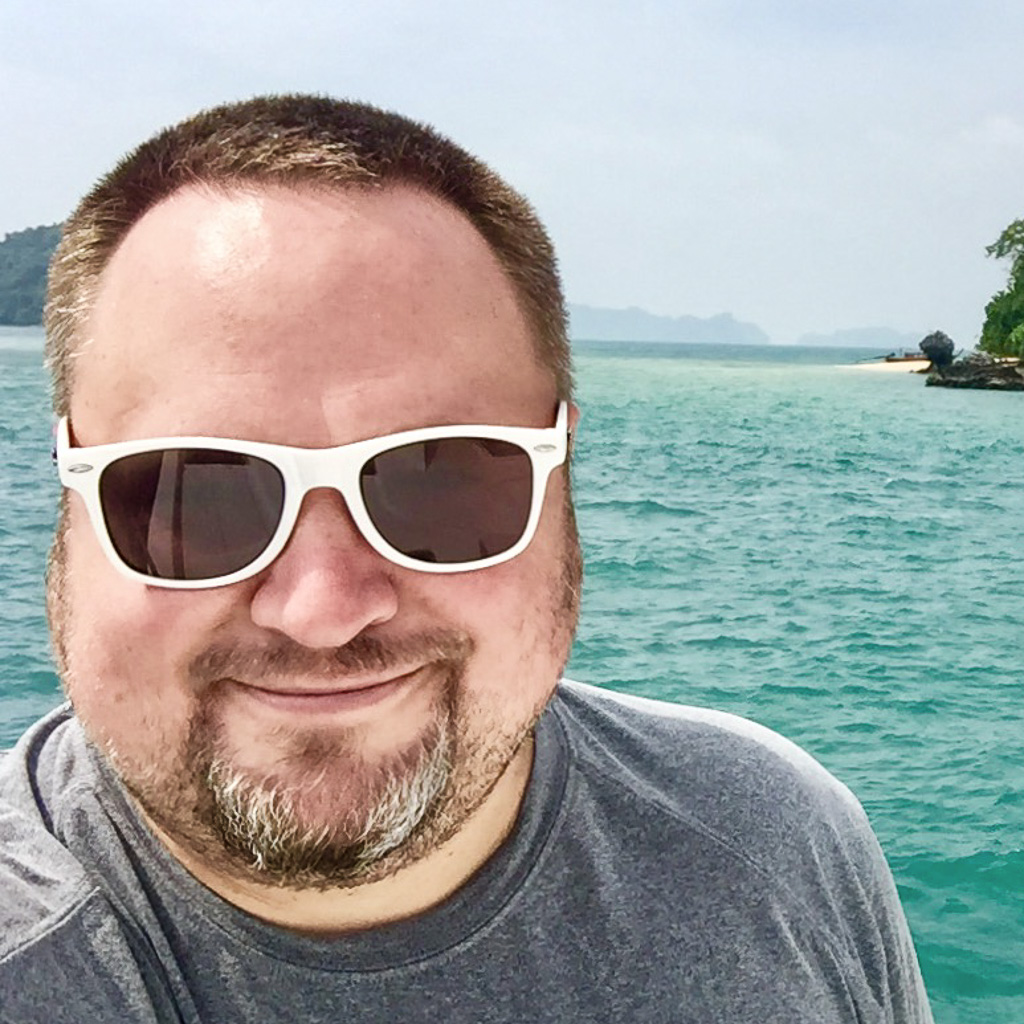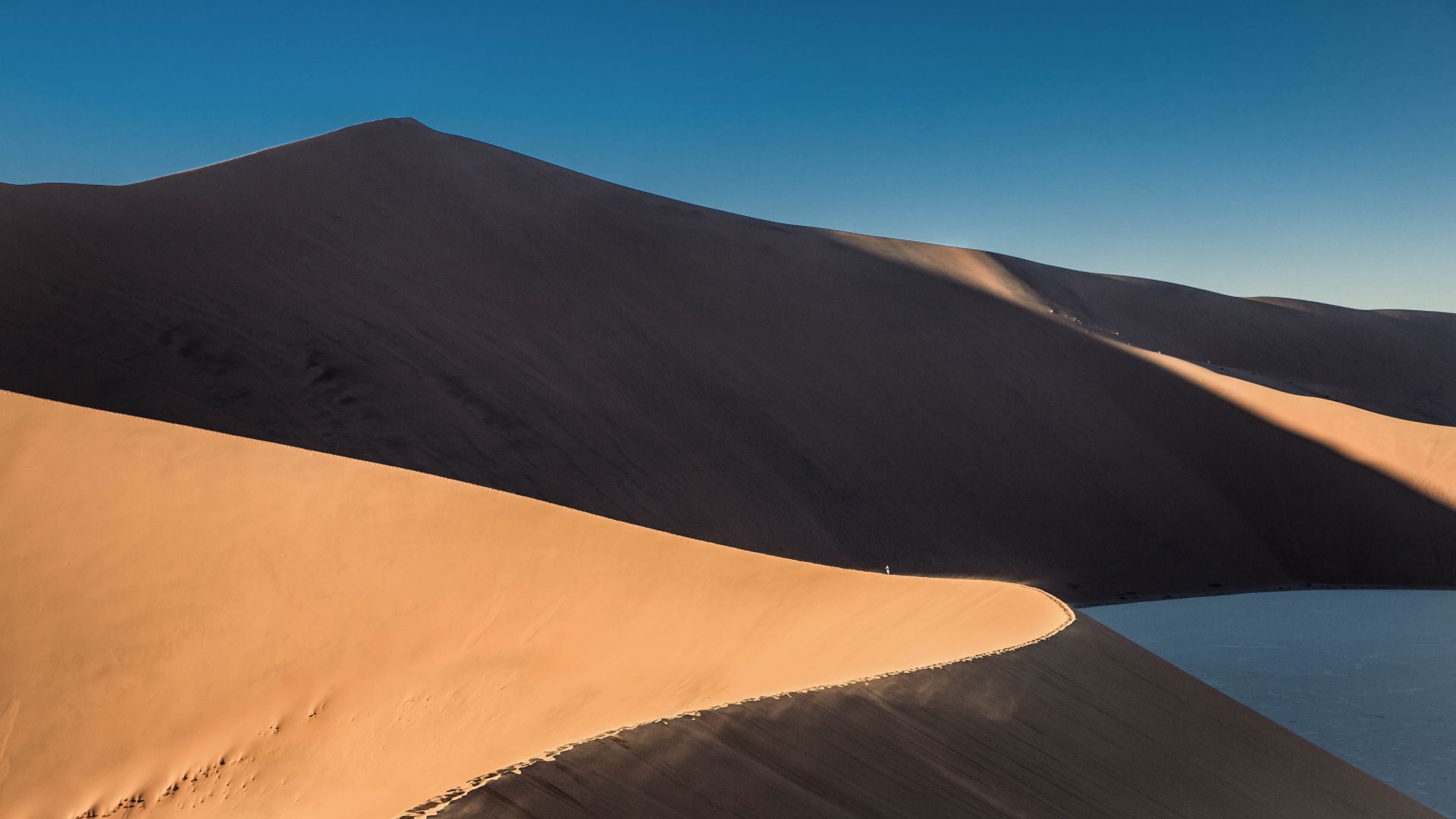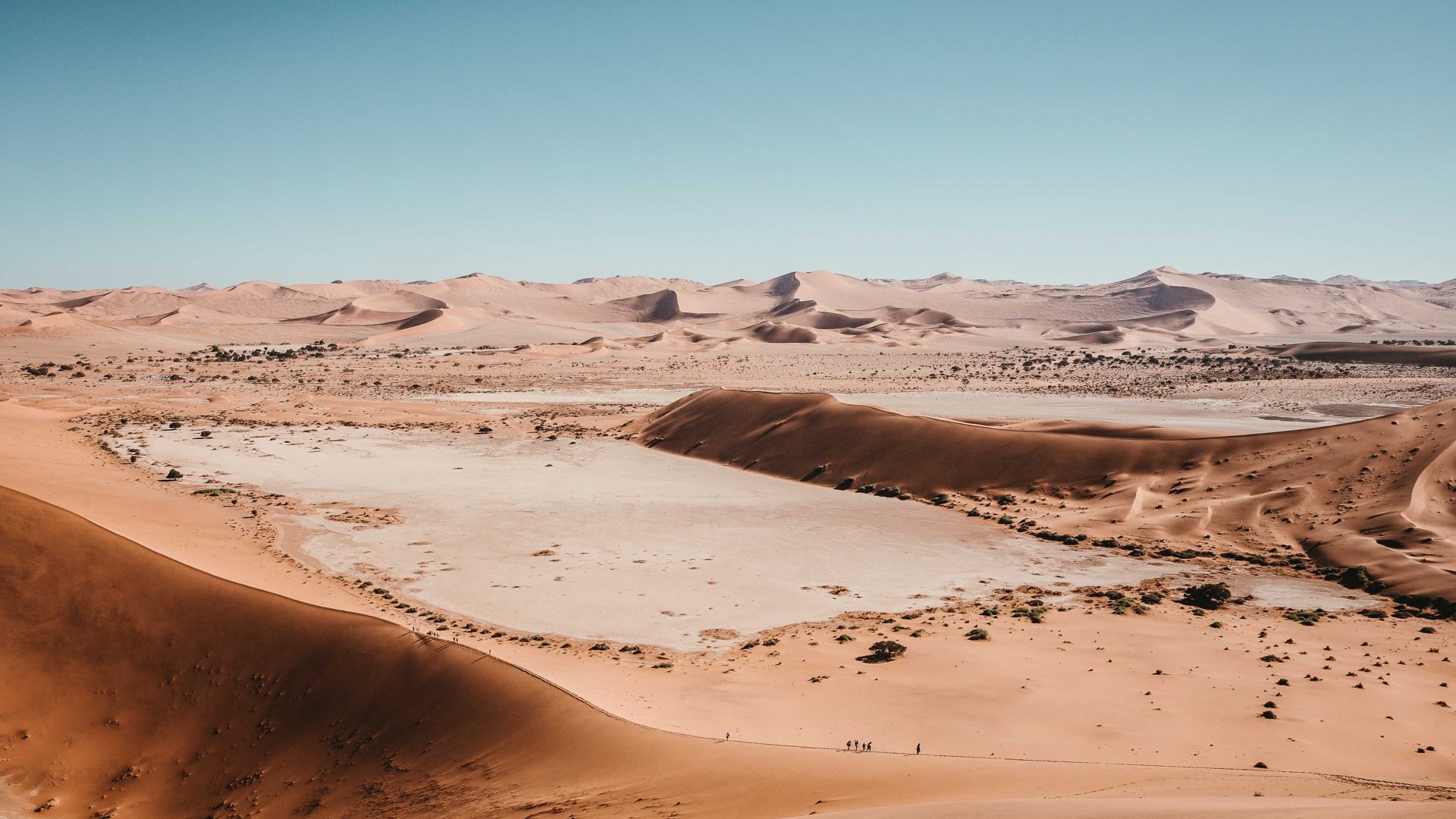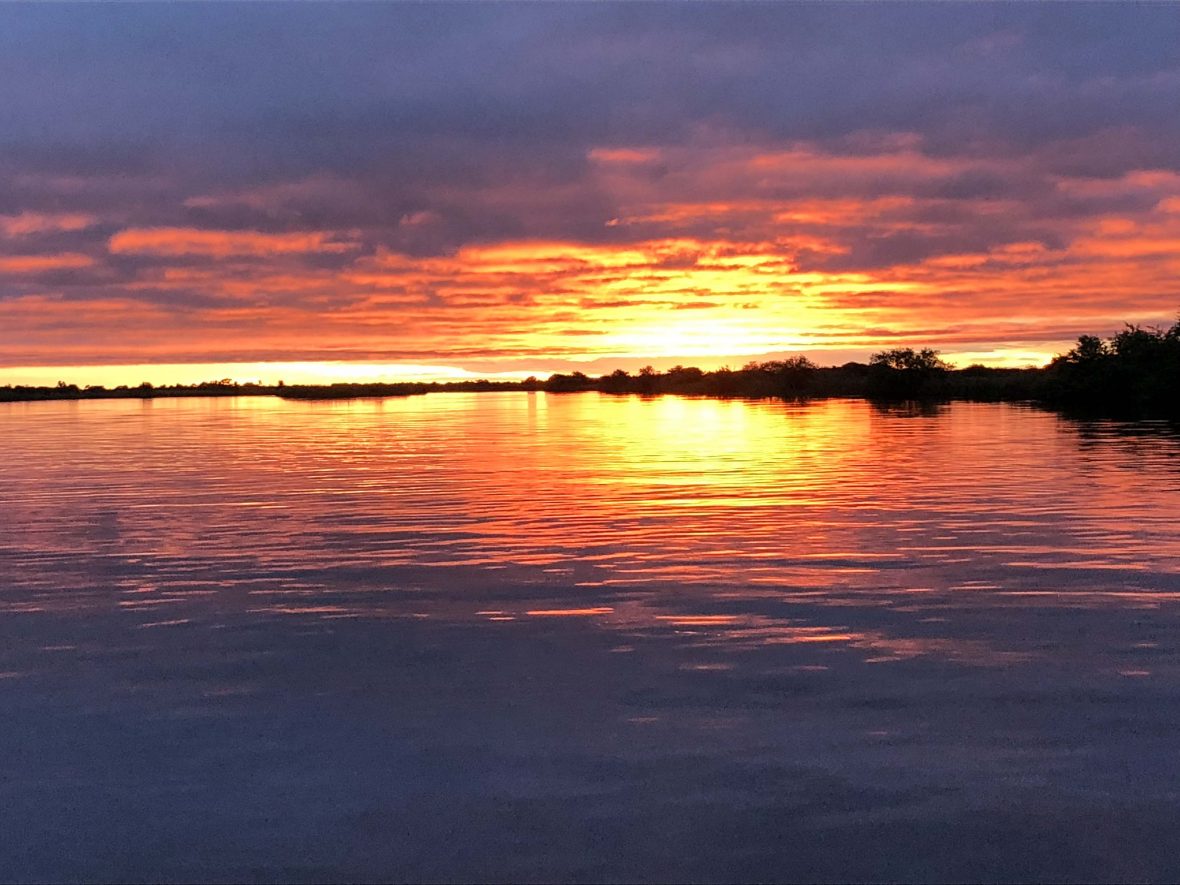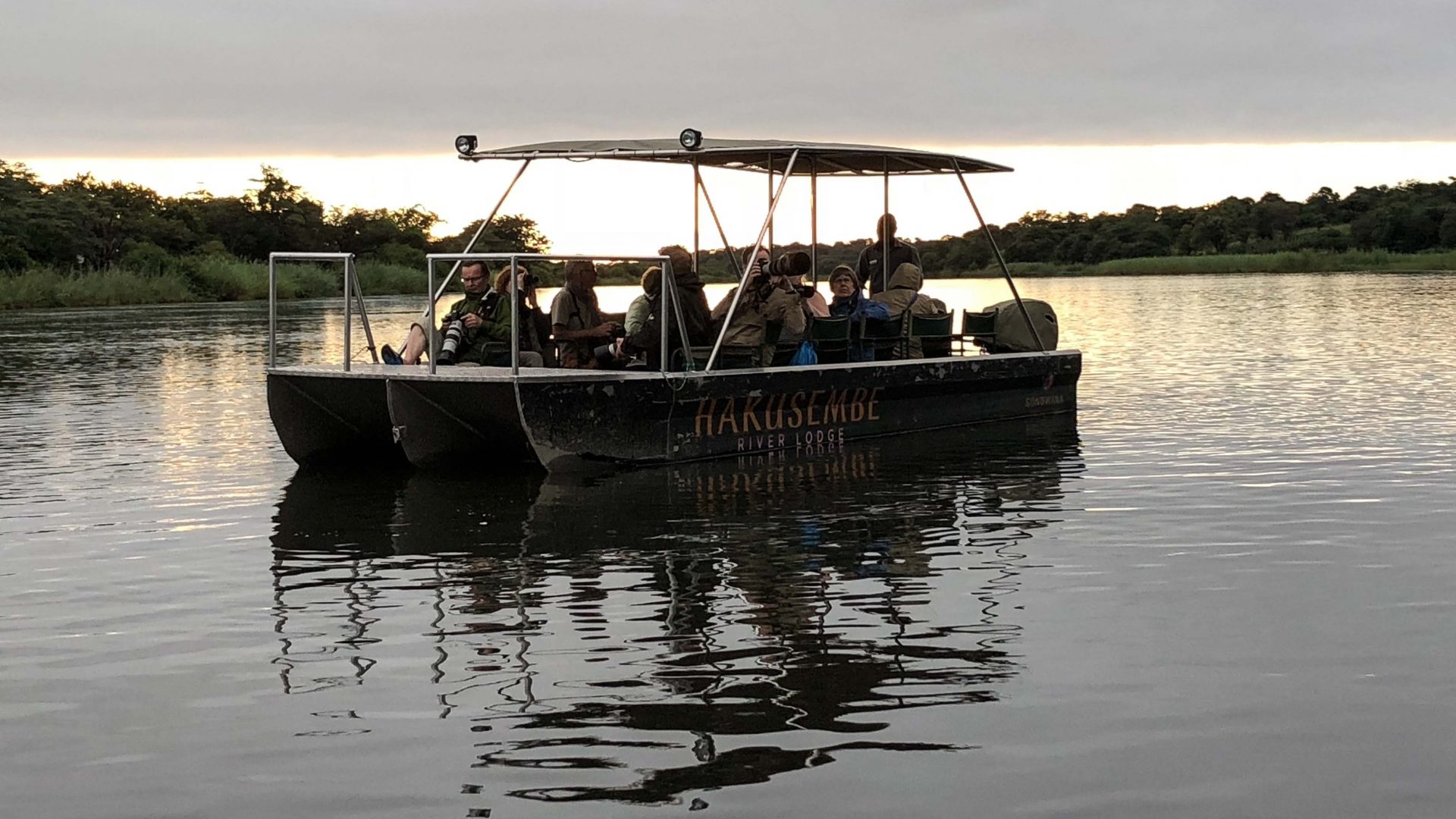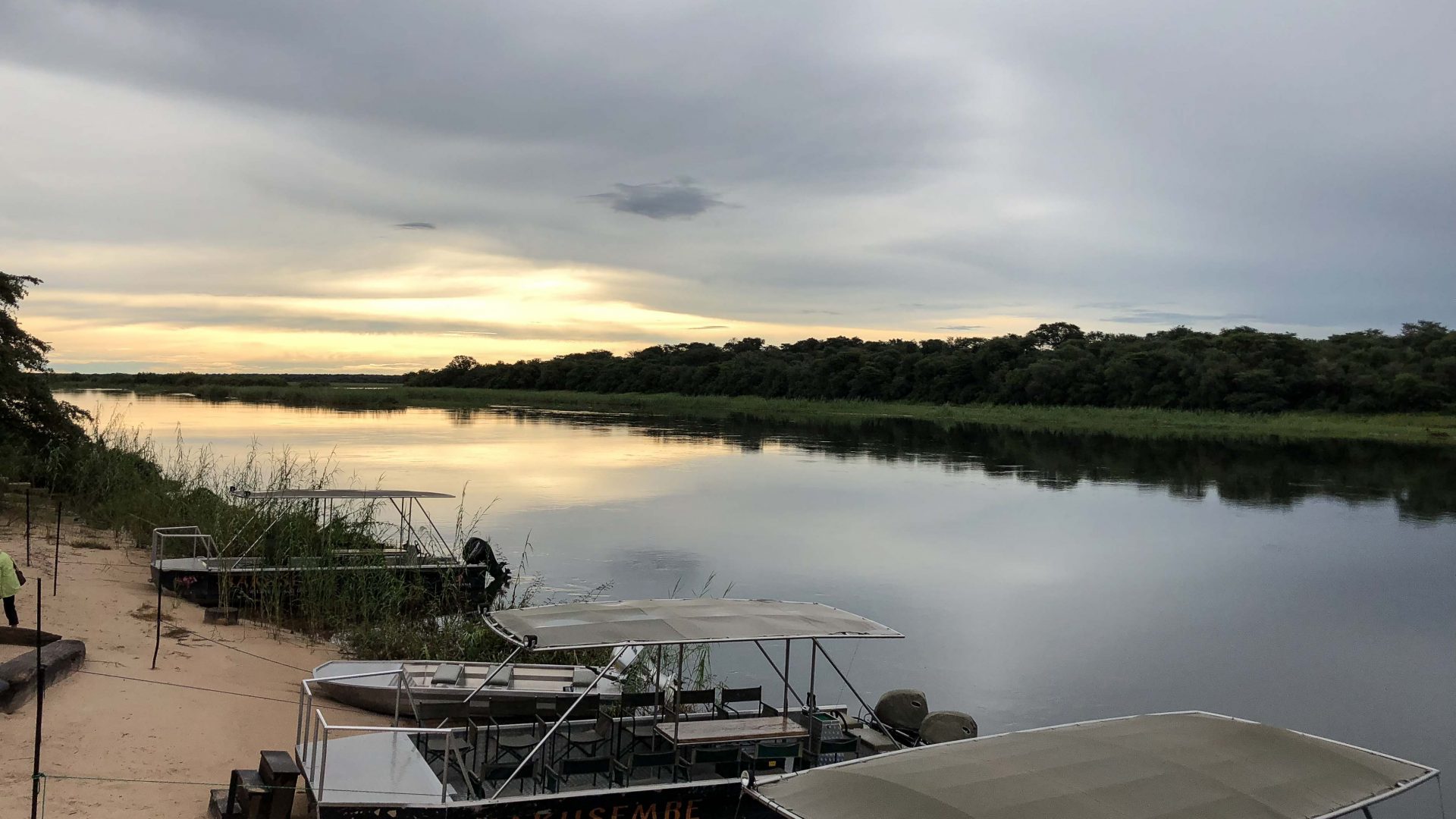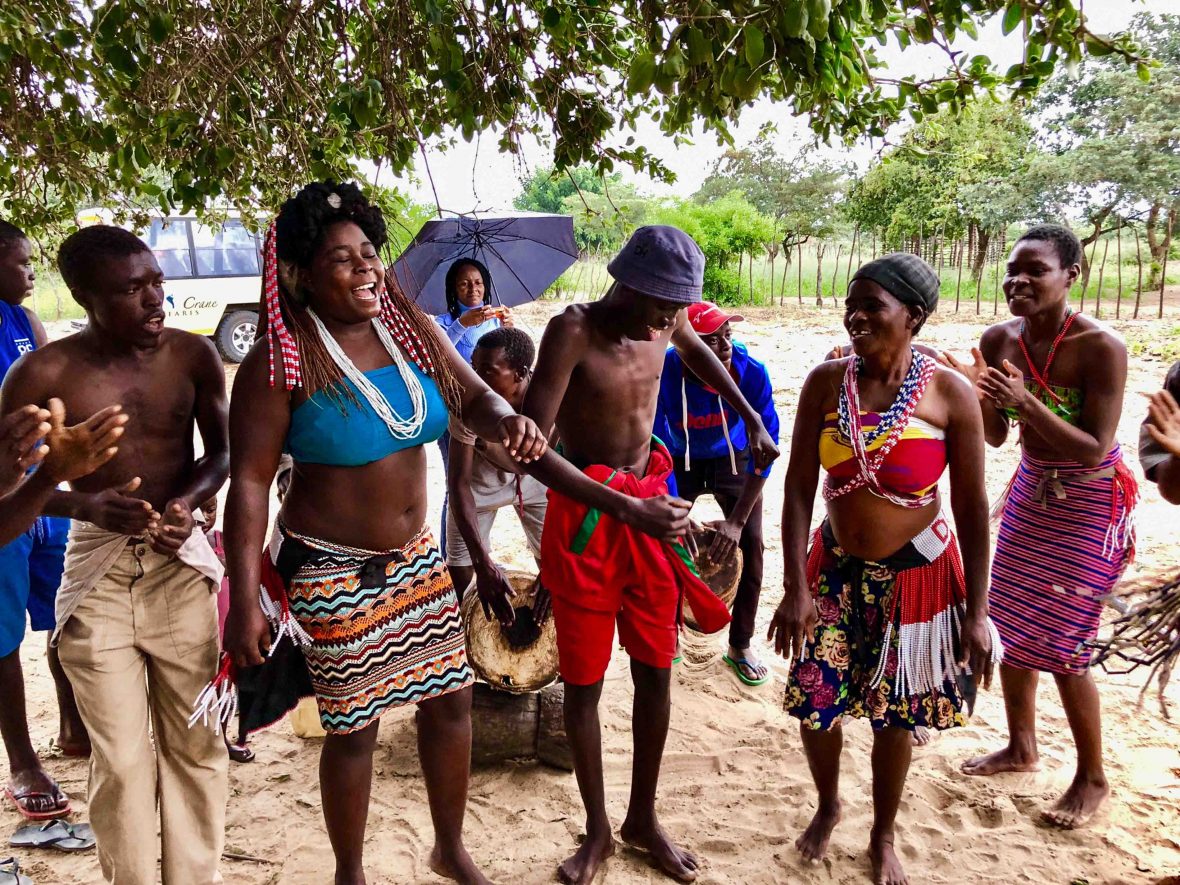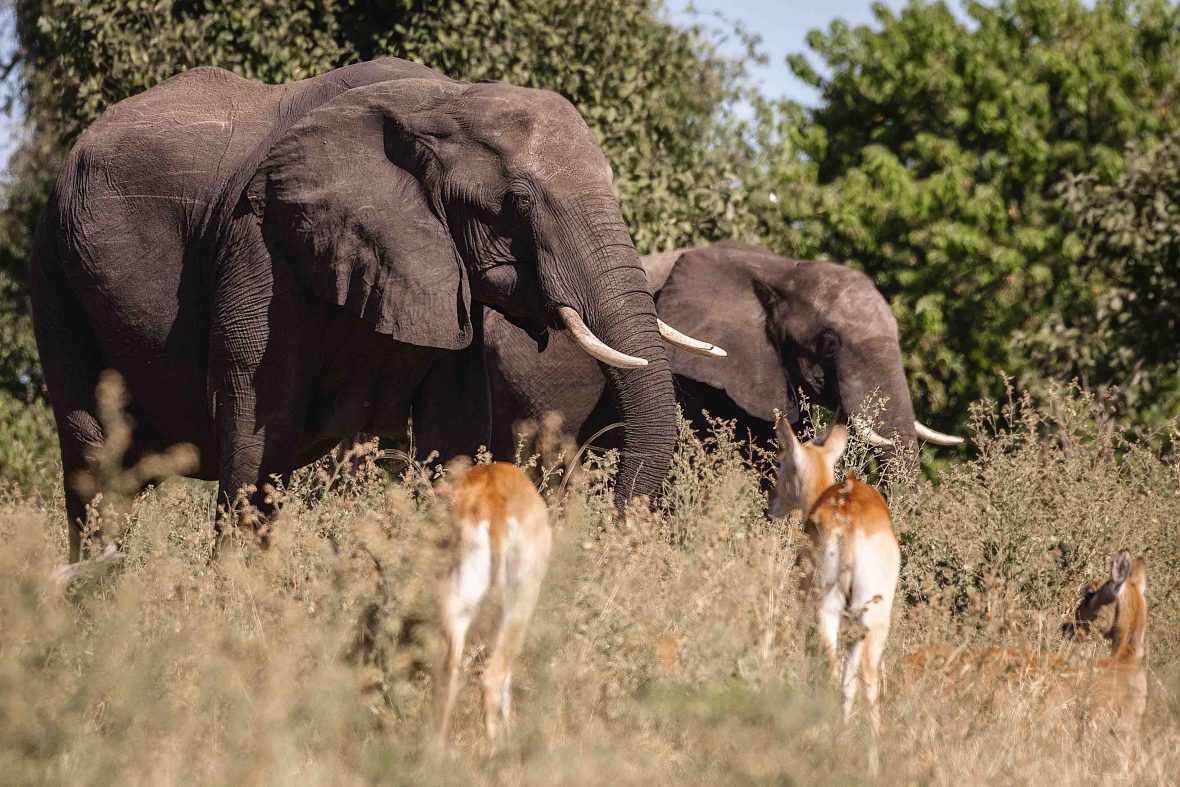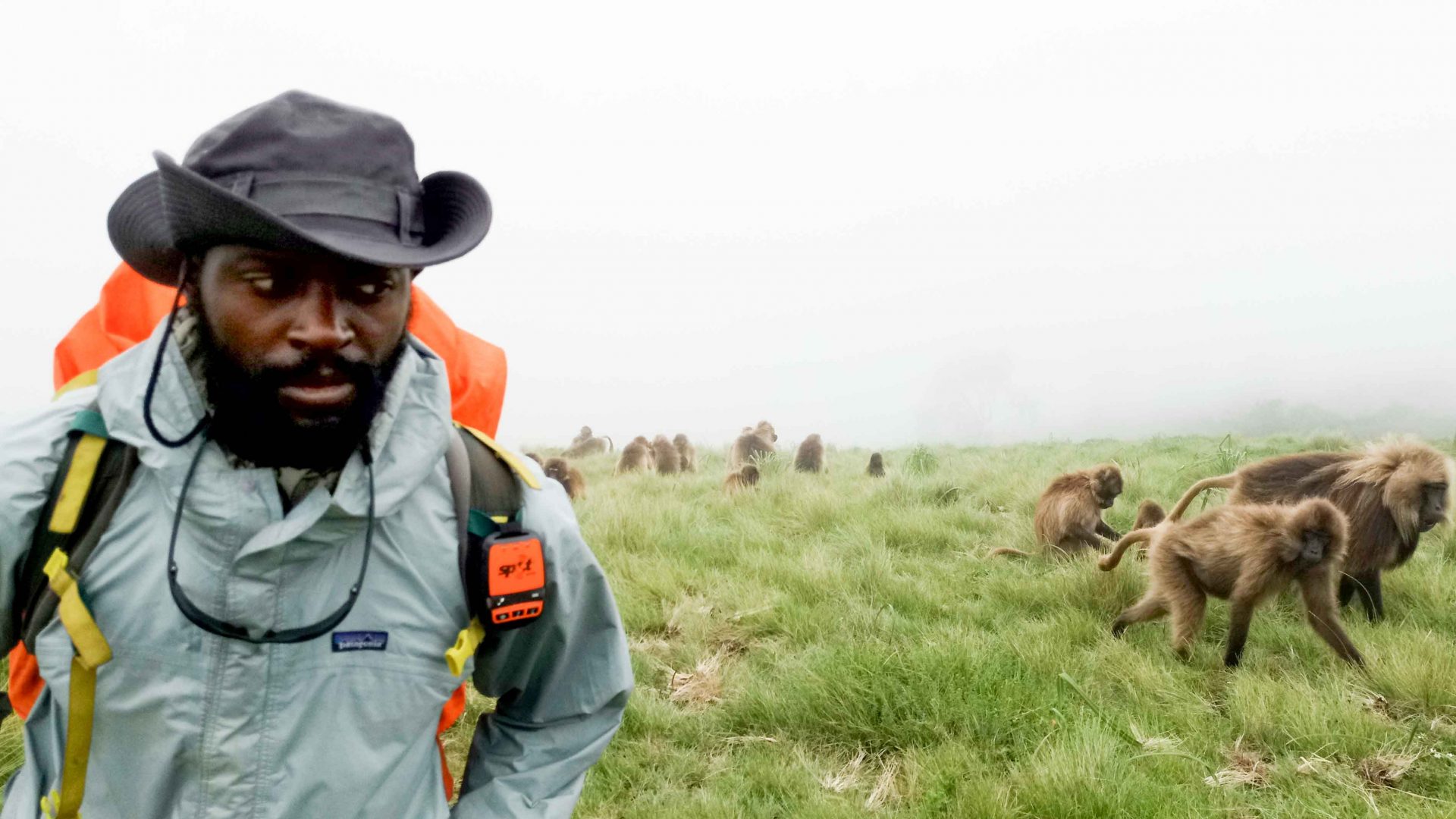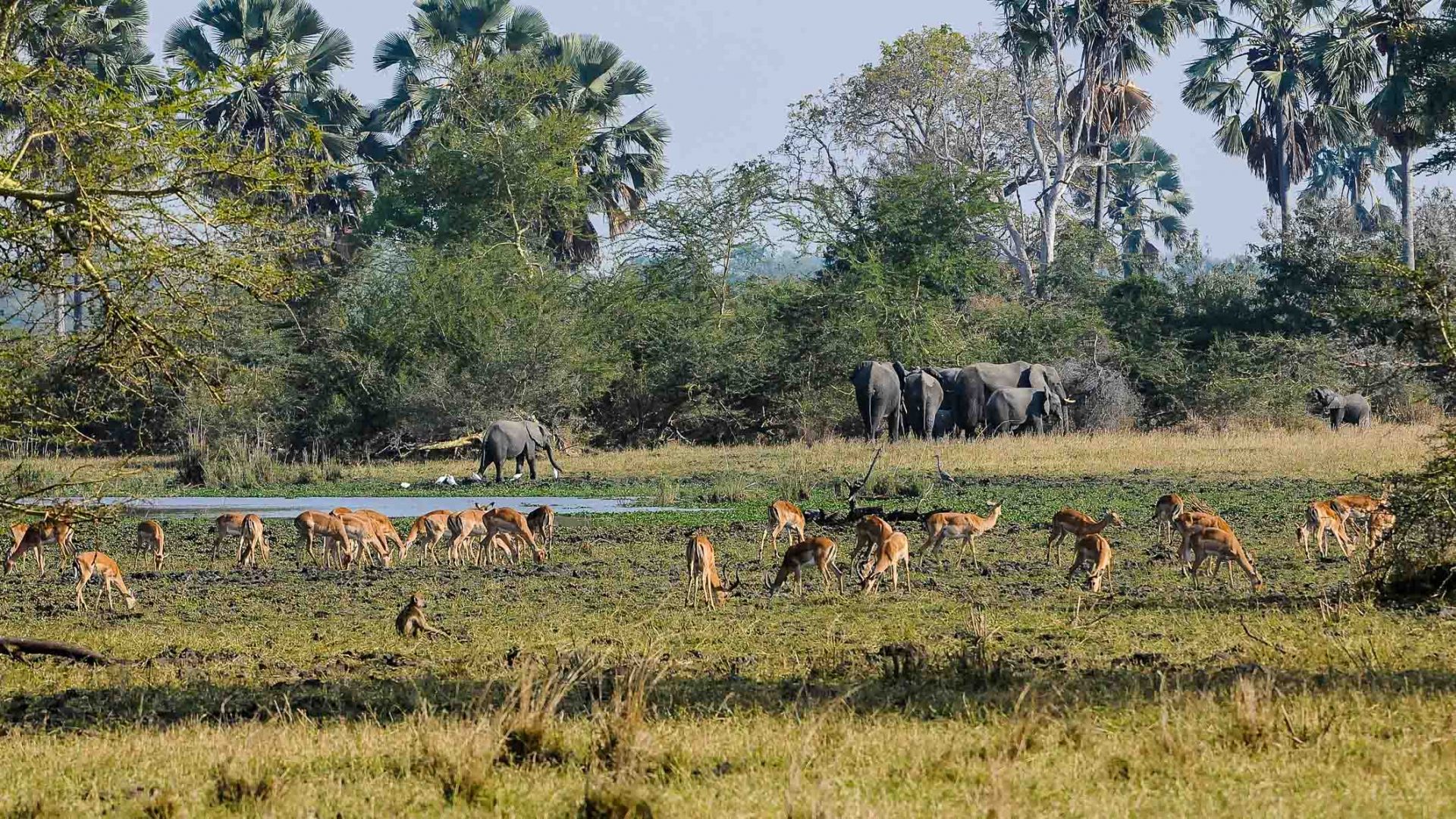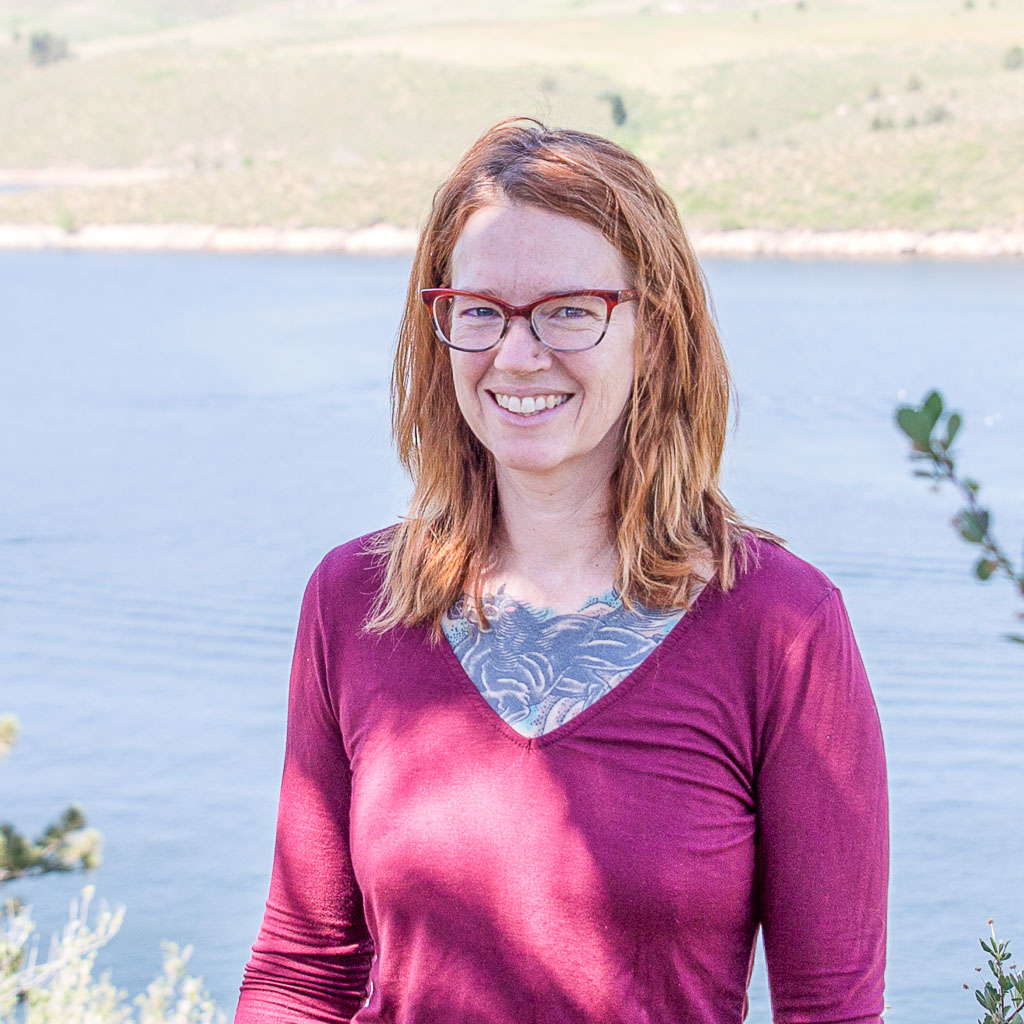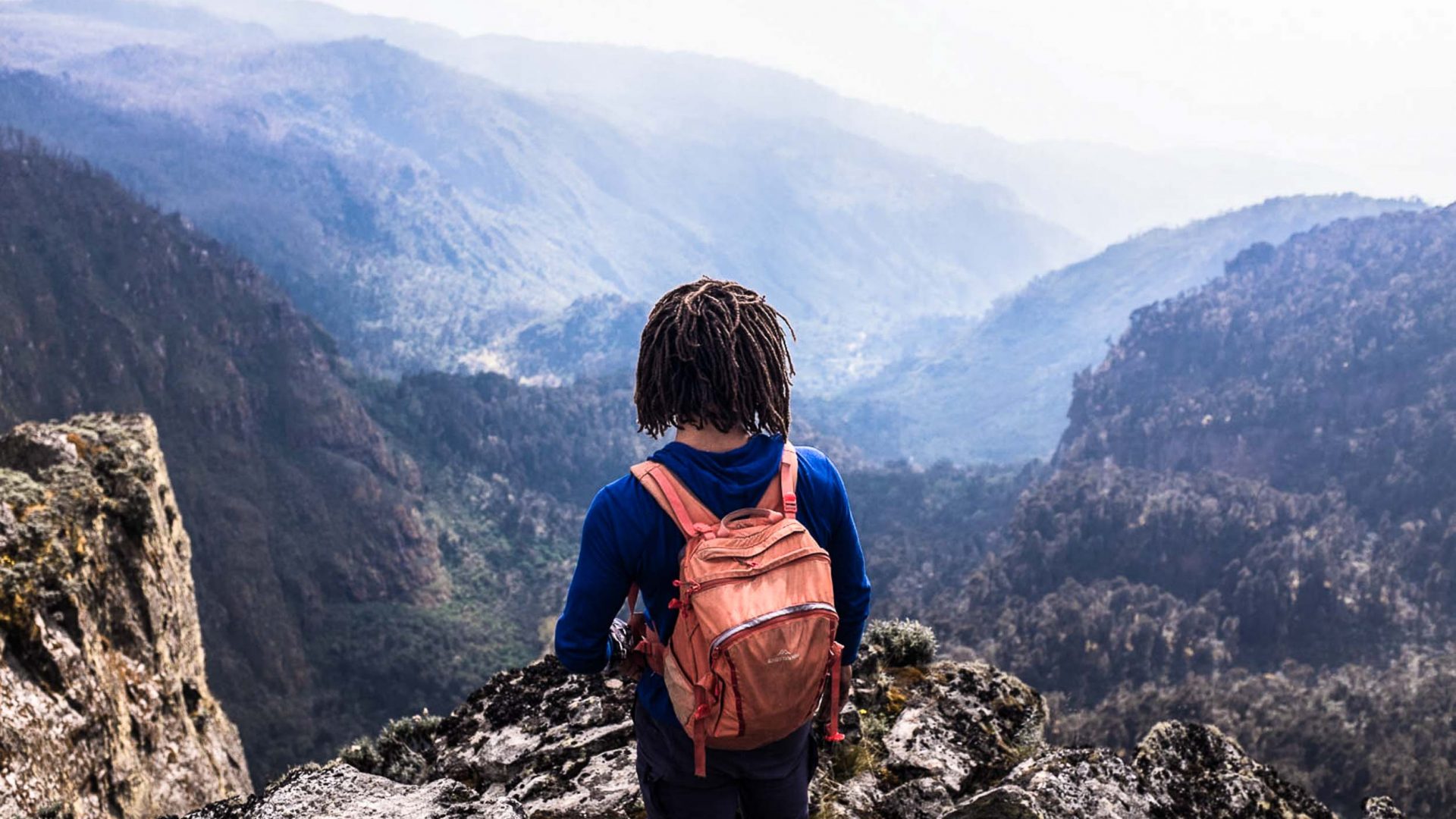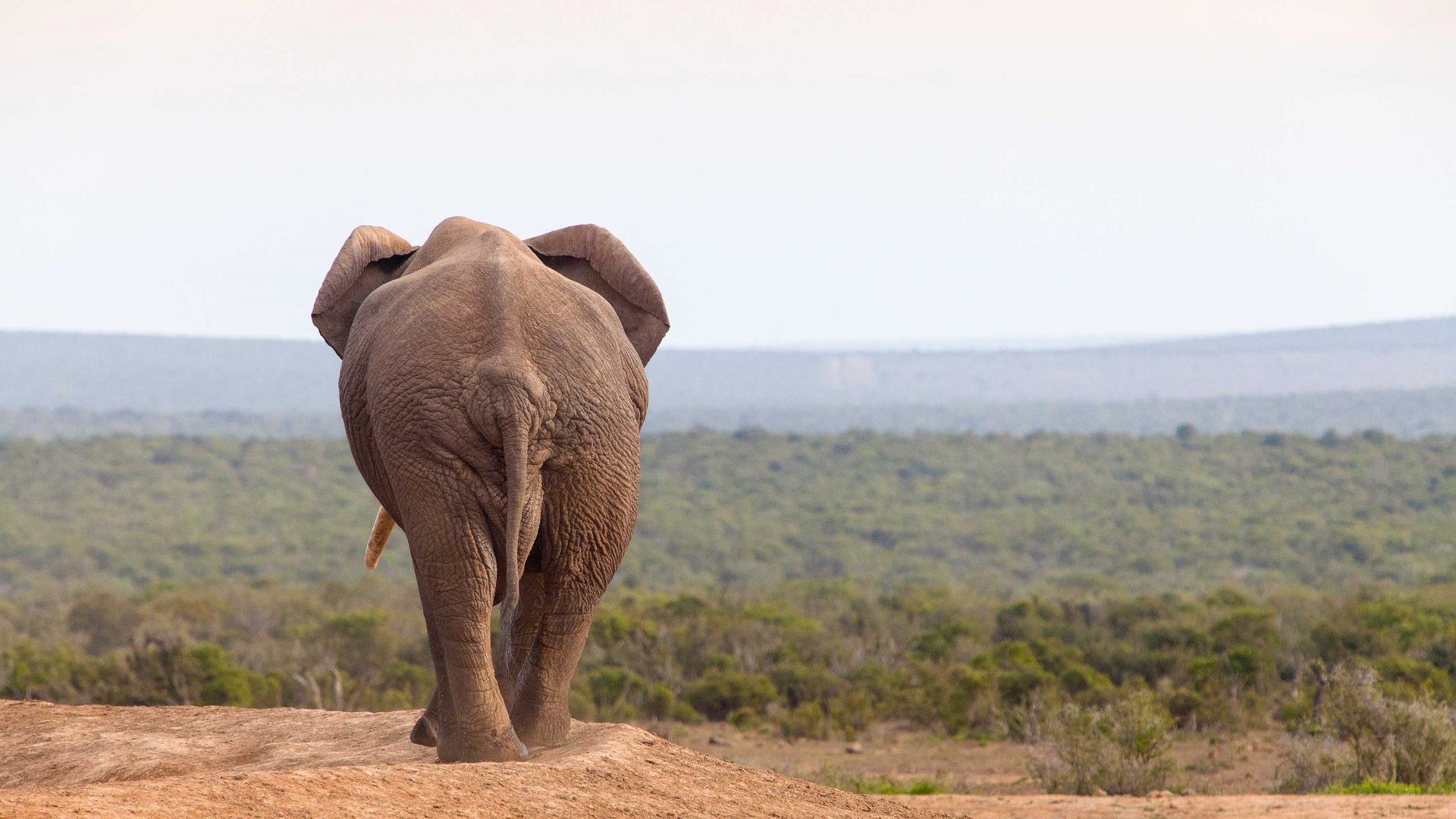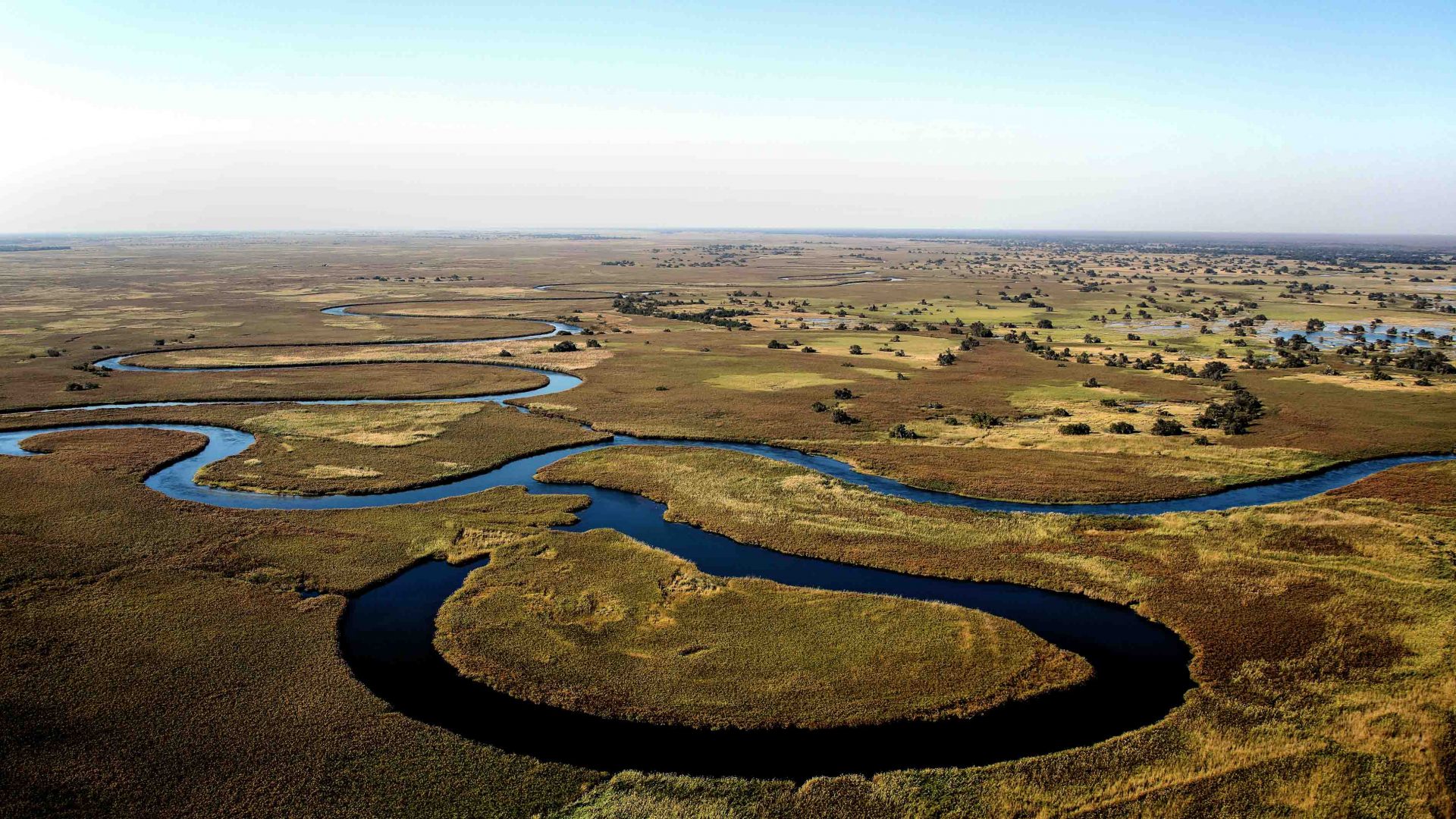
While most travelers to Namibia head for the Skeleton Coast and world-highest sand dunes, Tim Johnson takes his chances on a trip along the Zambezi, Okavango, Kwando and Chobe rivers.
All was calm and peaceful—eerily quiet, you could say—before the hippos came for us. Sliding into the soft mud and tall grasses on the right bank of the Kwando River, a semicircle forms quietly, conspiratorially, the heads of these gray beasts lurking just above the water line.
Almost cartoonishly ill-tempered, hippos are huge, and irritable by nature. And these ones, a half-dozen or so in total, snorting and shooting water from their nostrils and yawning—all signs of aggression, according to our guide and boat-driver Higlee—are slowly closing the circle, striding toward us, their mighty, semi-aquatic legs unseen below the murky waters.
